For the Love of Mary (1948)
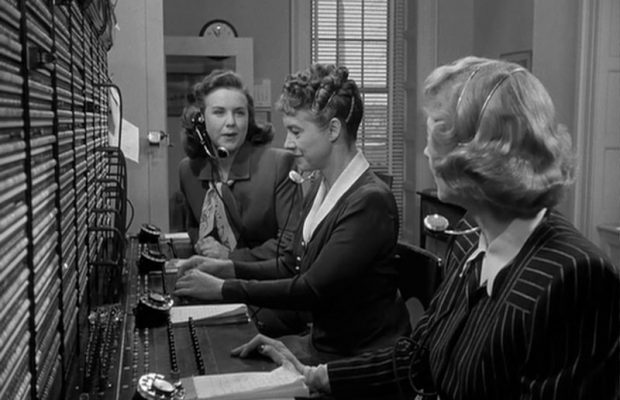
Toronto Film Society presented For the Love of Mary (1948) on Monday, October 21, 1988 in a double bill with The Paleface as part of the Season 41 Monday Evening Film Buffs Series “D”, Programme 2.
Production Company: Universal. Producer: Robert Arthur. Director: Frederick De Cordova. Screenplay: Oscar Brodney. Camera: William Daniels. Editor: Ted J. Kent. Musical Supervision: Milton Schwarzwald.
Cast: Deanna Durbin (Mary Peppertree), Edmond O’Brien (Lt. Tom Farrington), Don Taylor (David Paxton), Jeffrey Lynn (Phillip Manning), Ray Collins (Harvey Elwood), Hugo Haas (Gustav Heindel), Harry Davenport (Justice Peabody), Griff Barnett (Timothy Peppertree), Katharine Alexander (Miss Harkness), James Todd (Justice Van Sloan), Morris Ankrum (Adm. Walton), Frank Conroy (Samuel Litchfield), Leon Balasco (Igor), Louise Beavers (Bertha), Raymond Greenleaf (Justice Williams), Charles Meredith (Justice Hastings), Adele Rowland (Mrs. Peabody), Mary Adams (Marg), Adrienne Marden (Hilda).
An idea which is, to say the least, unusual, forms the basis for this film. The President of the United States sets about to help a White House telephone operator in her romantic problems. As well as the President, no less than four Supreme Court Justices are involved in the playing of Cupid…and they are made to do so without being outwardly pictured as fools.
One of the many tricks used in this film is the total absence on screen of the President through the entire film. He is simply a character at the other end of the network of official wires. So, not unlike the classic use of the unknown in The Cat People (the original version, that is), you are left to paint the picture in your mind. And, as Bosley Crowther noted in his New York Times review: “It almost seemed, for instance, that we distinctly heard, in the course of several cozy conversations between a White House telephone girl and the Chief Executive on such chummy subjects as how to cure colds and love, the faint and random tinkle of a piano on the other end of the wire. (Although there is not enough to recognize it as “The Missouri Waltz”).
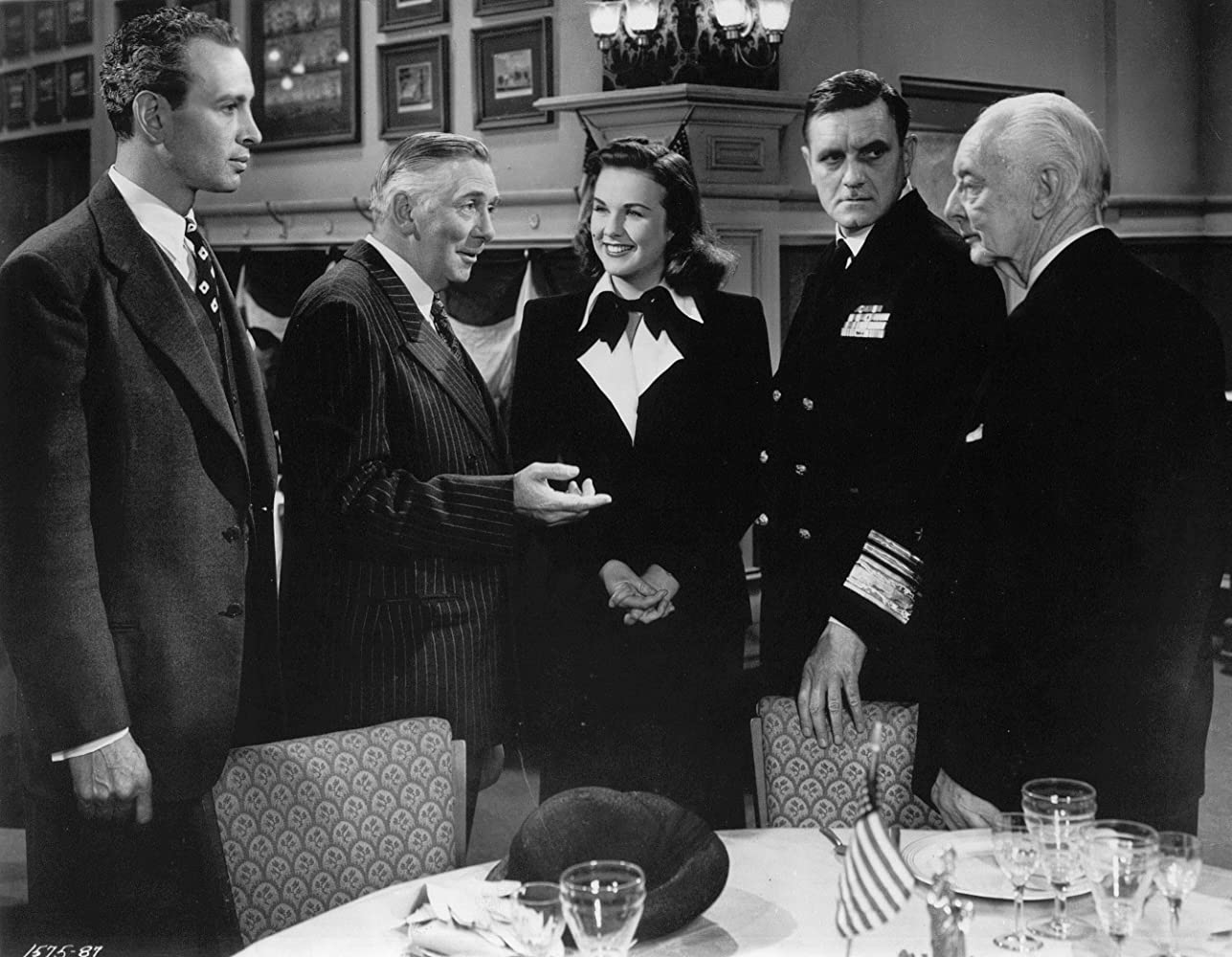
However, in the “Never the twin shall meet” tradition of reviewers, the Variety rundown of the films calls it “a delightful light comedy experience, with Deanna Durbin at her best”. For Durbin, it was a return to the type of light role and film which first brought her to the attention of the public. As usual, the Durbin vocals are outstanding, particularly the “Barber of Seville” excerpt which is given comedy treatment instead of being delivered in the usual straight operatic rendition. Durbin combines her vocal and comedic talents in the performance of Figaro, with her male trio (Edmond O’Brien, Jeffrey Lynn and Don Taylor). And for the trivia buffs, the film is filled with familiar character actor faces.
The story of Deanna Durbin is one of the true Hollywood discover tales. She was born Edna Mae Durbin in Winnipeg in 1921. Her family moved from Winnipeg to Southern California just a year after her birth. In the classic Hollywood tradition, MGM found itself with two singing youngsters on its hands, and let the public help in the decision. Both Durbin an a youngster named Judy Garland were placed in the now-famous MGM short subject Every Sunday in 1935. The story is now history, with the two young girls and two major studios both coming out winners. MGM chose Garland for a long-term contract and a year later, Durbin signed with Universal. Her first feature was Three Smart Girls. The legend of Every Sunday has many branches. One says that Durbin was dropped at MGM due to a misunderstanding. Louis B. Mayer, it is said, had dictated, “Drop the fat one” (meaning Garland), but Durbin was let go. At Universal, Joe Pasternak ran the short with a view to signing Garland for the Three Smart Girls movie. But she had just been loaned to 20th Century Fox, and Pasternak decided to use the “other” girl.
Before her first feature, she had become a well-known radio singer on the Eddie Cantor show, so she was nationally famous by the time her first feature was shown. And Universal’s sagging box-office image zoomed with a two million dollar gross for the picture.
The star had risen, and continued to rise in the late 1930s. By 1940 Durbin was making $400,000 per film. However, she was offered to MGM at this time, and the caliber of her films decreased rapidly. She had longed to move on to a dramatic part, and did so in Christmas Holiday in 1944. The film was a success, however the public refused to accept Durbin in such a role, and she lost all interest in films subsequently. She found another hit in Can’t Help Singing in 1944. However, other than the odd fairly good film in the following years, and because of a series of lackluster leading men such as Tom Drake, John Dall and Dick Haymes, Universal paid her off for three films left on her contract, and she was released. In 1945 and 1947 she had been the highest-paid woman star in Hollywood. She retired at the age of 27.
In 1948 she married a French film technician and settled near Paris. She had invested her money wisely and remained a very wealthy woman. She later made it quite clear that she had no desire for a comeback, had disliked Hollywood and stardom, and had loathed “the concocted Durbin personality, which never had any similarity to me, not even coincidentally.” Her popularity for whatever reason was considerably higher in Britain than on the North American continent. During the years 1939-1942, she was easily the top female box-office draw and was liked everywhere, as well as being a “critics” pet”. Despite her harsh post-retirement words about Hollywood, those who worked with her say she was probably the most agreeable child who ever starred in movies.
Notes by Bill Sturrup

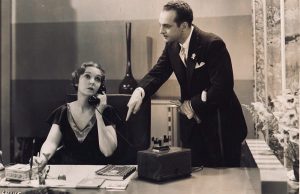
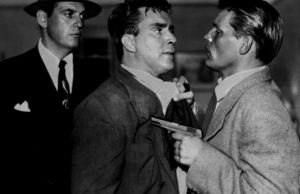
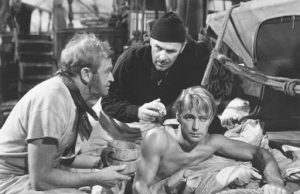






Leave a Reply